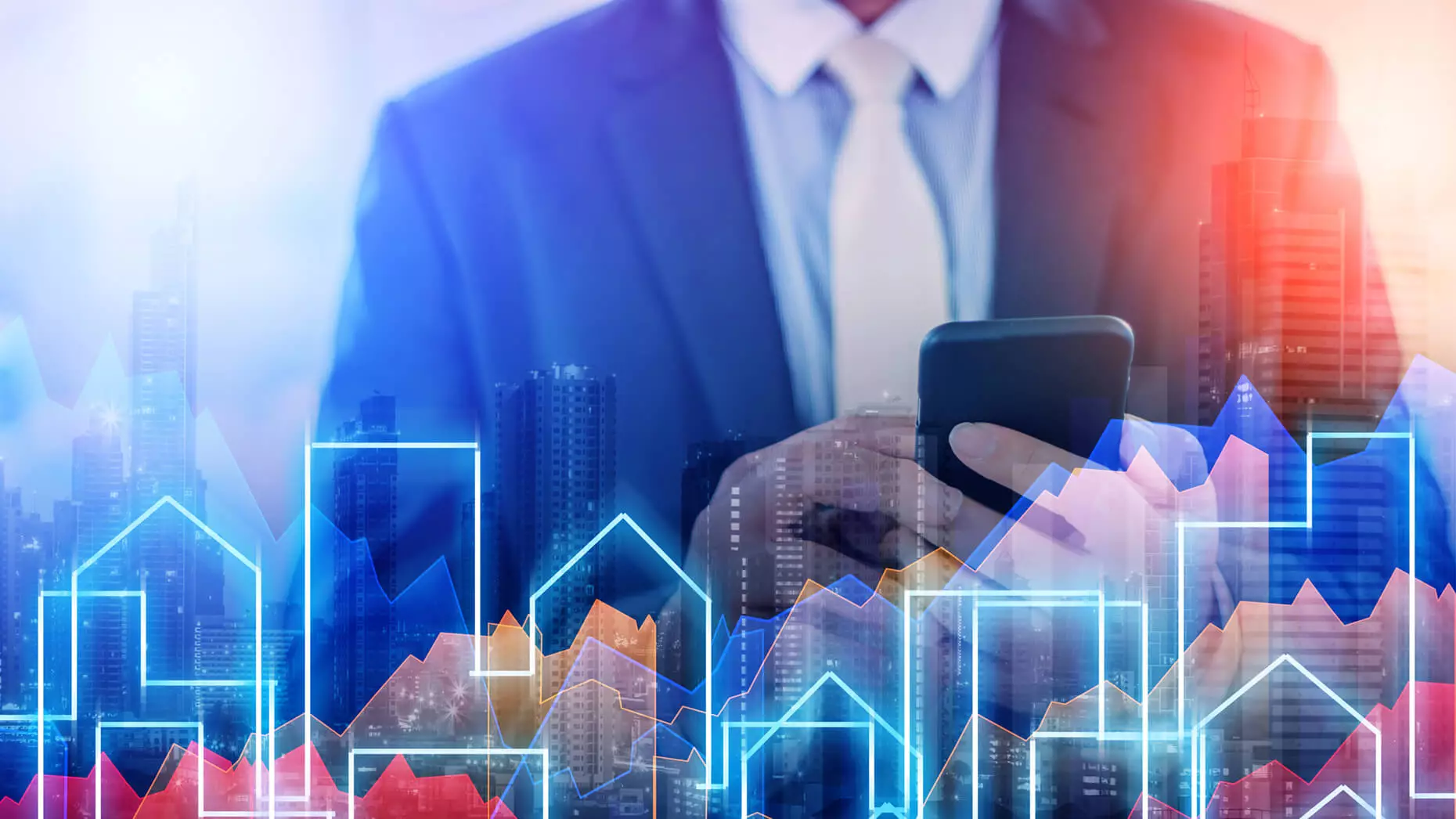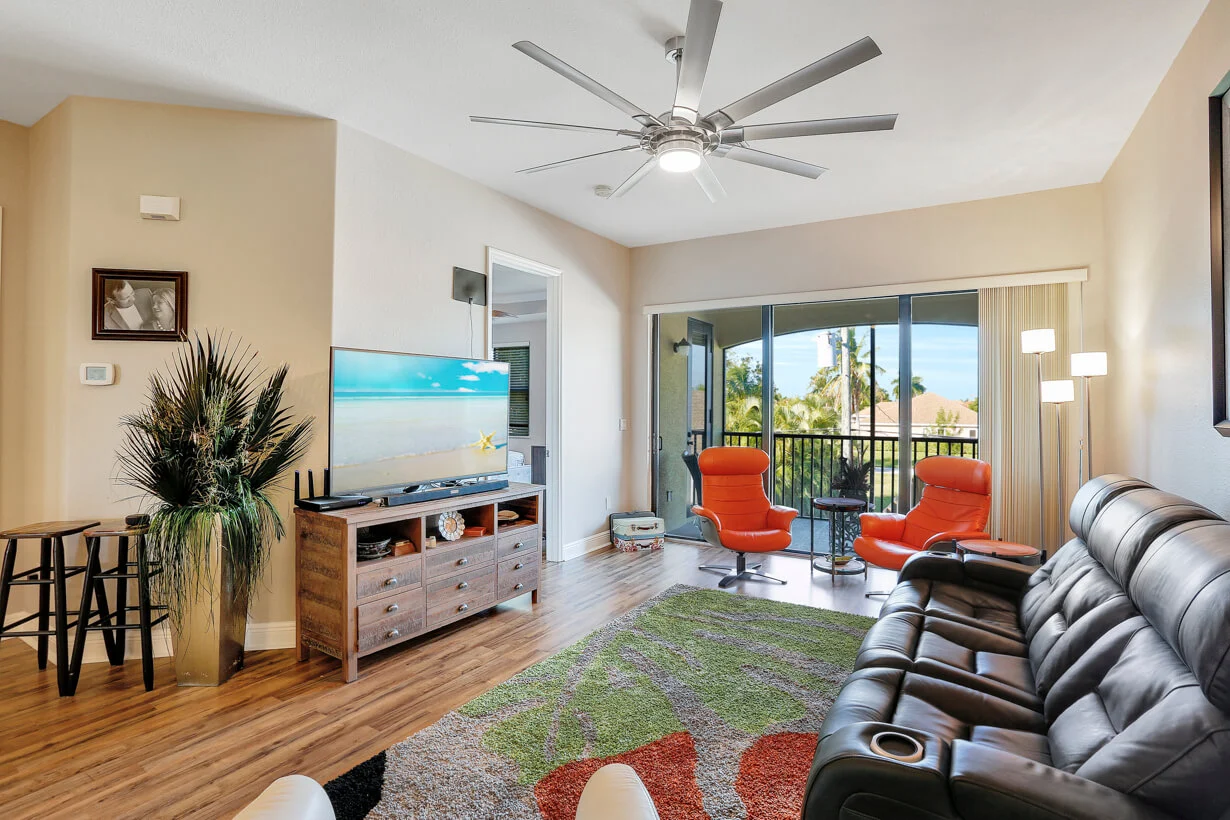In the face of an ever-increasing global population, dwindling freshwater resources, and shifting weather patterns, it’s becoming essential for the real estate industry to think about sustainable water usage. Whether it’s designing new properties or retrofitting older ones, water-saving technology plays a vital role in sustainable real estate development. But how can real estate professionals and investors take advantage of these advancements? Let’s dive in.

Content
Integrating Smart Water Systems
The first thing to consider is smart water systems. With the rise of smart home technology, it’s no surprise that water systems are also getting the tech treatment. Gone are the days where we would rely solely on manual interventions to check for leaks or control water usage. Modern properties are now equipped with systems that can detect leakages, monitor water consumption in real-time, and even recycle water. According to a water liberty review, understanding the nuances of water consumption can lead to significant savings, both financially and environmentally.
Water-efficient Appliances and Fixtures
Next, think about appliances and fixtures. Whether it’s toilets, faucets, or washing machines, always choose those that are designed with water efficiency in mind. These appliances use a fraction of the water compared to their older counterparts, leading to substantial water savings over time.
Incorporating efficient appliances is a wise investment strategy for those in the real estate industry. For instance, many modern dishwashers have sensors that can determine the dirtiness of dishes, adjusting the water amount accordingly. As a result, homeowners can achieve clean dishes without wasting excess water.
Landscaping Innovations
For properties with outdoor spaces, consider sustainable landscaping practices. Traditional lawns can be water guzzlers. Opt for native plants that are acclimated to the local climate. They require less water and maintenance, and they can beautify the property. Drip irrigation systems and smart sprinklers can further reduce water consumption.
Did you know that in certain parts of the world, clean water is not just a necessity but a luxury? It’s shocking, but true. There are 6 places in the world where clean water is a luxury. With that in mind, it’s even more imperative for the real estate sector to lead the charge in water conservation.
Embracing Rainwater Harvesting
Rainwater harvesting is another excellent solution. By installing systems that collect and store rainwater, properties can reduce their reliance on municipal water supplies. This stored rainwater can then be used for various purposes, including gardening, toilet flushing, and even drinking after purification.
On a broader scale, the real estate industry holds immense potential in transforming how we use water. Innovations in water-saving technology can significantly impact not only homeowners but also communities and the environment at large. By implementing these strategies, real estate professionals can offer properties that are not only attractive to buyers but also sustainable in the long run.
For those looking to invest in the sector, understanding these trends and innovations can be a game-changer. After all, how real estate investments led some to the millionaire’s club wasn’t just about purchasing property. It was about foreseeing the needs of the future and acting upon them.
In conclusion, the need for sustainable water usage in real estate cannot be emphasized enough. As we face more significant challenges related to water scarcity and climate change, it’s high time the industry adopts these innovations. It’s not just about saving money; it’s about ensuring that our planet remains a hospitable place for future generations.
The Role of Green Infrastructure in Real Estate
Green infrastructure, often overlooked, is an essential component in innovating with water-saving technology. This refers to the natural systems and processes that can be integrated into urban developments to manage stormwater and provide other environmental and societal benefits. For instance, vegetative roofs, permeable pavements, and rain gardens are some examples. These not only capture and slow down rainwater, reducing the risk of flooding, but they also naturally filter out pollutants. For property developers, integrating green infrastructure means contributing to healthier urban environments and minimizing the strain on traditional water management systems.
The Economic Incentives for Water-saving Technology
There’s a misconception that investing in water-saving technology might be an expensive endeavor. While there’s an initial cost involved, the long-term economic benefits are significant. Reduced water bills are an immediate advantage, but there’s more. Properties equipped with water-saving features often have higher market values, making them more appealing to potential buyers or renters. Furthermore, in several regions, local governments provide tax incentives or rebates for properties that integrate sustainable water practices. Thus, from an economic perspective, it’s a win-win for both property owners and occupants.
Educating Tenants and Homeowners
Once the technology is in place, it’s equally vital to educate those living in these properties. The most advanced water-saving system can only do so much without the cooperation of its users. Property managers and homeowners should be proactive in communicating the importance and benefits of conserving water. Whether it’s conducting workshops, distributing pamphlets, or even simple reminders, ensuring that residents are informed and on board can significantly enhance the efficiency of water-saving efforts.

With a sharp eye for design and a passion for renovation, Samantha transforms fixer-uppers into dream homes. Her expertise in remodeling adds extra value to your real estate experience.











